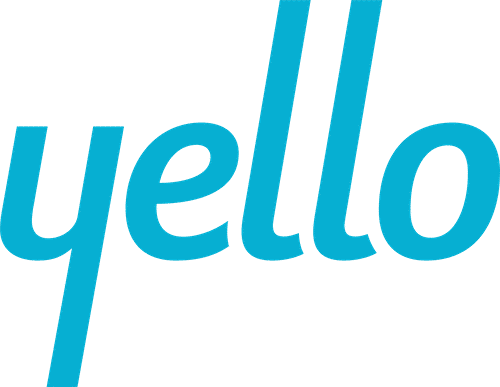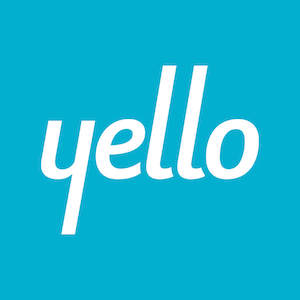The job market continues to be more competitive than ever, so in 2016, the most successful talent acquisition teams will embrace recruiting transparency and make it an integral part of their hiring missions. Job seekers aren’t waiting around for companies to provide them with insight into the people, culture and perks; they are seeking it out themselves. Is your company providing candidates with what they need to know? Follow these top 10 tips to increase your transparency across your leadership team, hiring managers and candidates, and achieve talent acquisition success.
Measure recruitment marketing ROI
Take the guesswork out of determining which campus, diversity and military conferences result in the highest ROI. Leverage data-driven metric tools to track the number of hires and overall expenses per event, so you can accurately determine where to allocate your time and marketing dollars.
Be transparent with potential candidates
Companies lacking transparency in their recruitment processes will not win top talent. Digitally savvy job seekers, especially Millennials, will find the information they need to make an educated decision, with or without your input. Engage on the platforms job seekers are using, such as Glassdoor.com, LinkedIn and The Muse to own the message and highlight your culture. Keep your company profiles updated and regularly respond to reviews, comments and feedback.
Showcase your team members
Highlight employee personalities as part of your recruiting marketing strategy. Hold monthly recruitment marketing-focused video streaming sessions using platforms candidates already use. Leverage Periscope to encourage your talent pipeline to turn the tables and interview current employees, particularly teams that have a harder time leaving the office, such as the engineering team.
Make video interviewing a cornerstone of your process
Incorporate video interviewing into your talent acquisition department’s toolkit to include busy hiring managers earlier in the process, provide a more comprehensive look into a potential future supervisor/employee relationship and offer a solution to transportation or scheduling issues. Video is also an efficient way for hiring managers to quickly compare and contrast candidates without delaying the hiring timeline, and reduce the costs of flying in candidates for interviews.
Follow the lead of your customer support team
A timely candidate communication strategy is key to your interview process, and will lessen the risk of losing top talent to faster moving companies. Any successful customer support team has a well-refined process for customer communication. Talent acquisition teams should take a page from their playbook and develop a candidate communications strategy that includes each stage of the interview cycle. Important tactics include setting applicant response time goals (a 24-hour response time for new applications), and automating touch points throughout the candidate interview cycle to automatically send candidates and interviewers reminders before scheduled interviews.
Share the scheduling responsibility
Self-service is the name of the game in onboarding and training for client service teams. Again, take the lead from the client service group to coordinate both candidates’ and the interview team’s busy, always changing schedules. Scheduling software can significantly streamline scheduling complications and eliminate infringing on limited meeting availability by putting some of the responsibility back on the interviewee.
Collect timely feedback
Gathering interviewer feedback can be a time intensive, inefficient process for hiring teams. Delayed interviewer feedback can result in losing top talent to a competing job offer, adding time and money to the hiring process. Collect interviewer feedback through mobile or web evaluation forms in near real-time to streamline the decision making process.
Incorporate apps into your recruiting process
Convert your tablet, mobile or Windows device into an extension of your stationary work space with the use of mobile recruiting apps. Mobile apps can capture candidate information and resumes at career fairs, diversity conferences or classroom presentations; eliminate the need to keep track of paper resumes; evaluate candidate information at any point on a phone or tablet without logging long hours in front of a computer or sifting through piles of paper.
Promote a visual employer brand
If you’re only posting articles or sharing written posts with your social media networks, it’s time to shake up your content approach. A pivotal element of 2016’s recruitment branding approach should be highly imaged focused social media footprint to help better connect with candidates and tell your brand story more effectively. Share photos that offer a day-in-the-life view into your workplace. Or, create a photo series of interviewing advice or workplace etiquette tips from top leadership, by overlaying a quote on a background image using a tool like Canva.
Create connections
Cultivate branded talent communities for your company by function, affinity group, business line, region and university to build a motivated candidate pipeline, and repurpose your visual collateral with these groups. Nurture these talent communities differently and tailor your communication styles to each audience, such as schedule monthly or quarterly hackathons with tech talent communities, or host networking events with sales talent communities.
Are you looking for more ways to achieve talent acquisition success? Download our white paper: The Year of Recruitment Transparency




